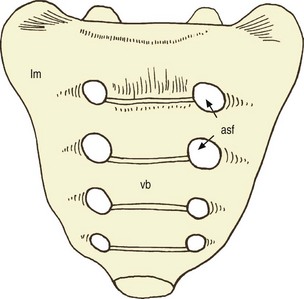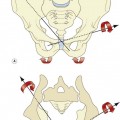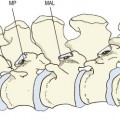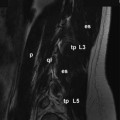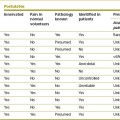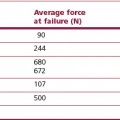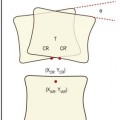Chapter 6 The sacrum
Its most obvious features are its triangular shape and its curvature. It has a broad, thick upper end but tapers to a blunt point inferiorly (Fig. 6.1). It has a relatively smooth anterior surface that is concave, and a rough posterior surface that is convex. Perforating its anterior surface is a series of paired holes, known as the anterior sacral foramina. Perforating its posterior surface is a corresponding series of holes, known as the posterior sacral foramina.
Particular features
In the midline anteriorly, the sacrum exhibits rectangular regions that resemble vertebral bodies embedded within the body of the sacrum (see Fig. 6.1). The top and bottom surfaces of each are marked by transverse ridges between which lie linear regions that resemble narrow intervertebral discs that have ossified. Laterally, bars of bone pass laterally from the vertebral bodies, above and below the anterior sacral foramina. Beyond the foramina, the bars expand, effectively into transverse processes. Lateral to the foramina, consecutive transverse processes fuse with one another, and constitute the lateral mass of the sacrum.
Posteriorly, the posterior elements of the fused vertebrae are evident (Fig. 6.2). Along the midline, a series of prominences represent the spinous processes of the fused, sacral vertebrae. That of the first sacral vertebra (S1) is most prominent; at successively lower levels the spinous processes become less prominent. The line of spinous processes forms what is known as the median sacral crest. The laminae of the fifth sacral vertebrae fail to meet in the midline, and a fifth sacral spinous process is not formed. The defect in its place is known as the sacral hiatus
Stay updated, free articles. Join our Telegram channel

Full access? Get Clinical Tree


